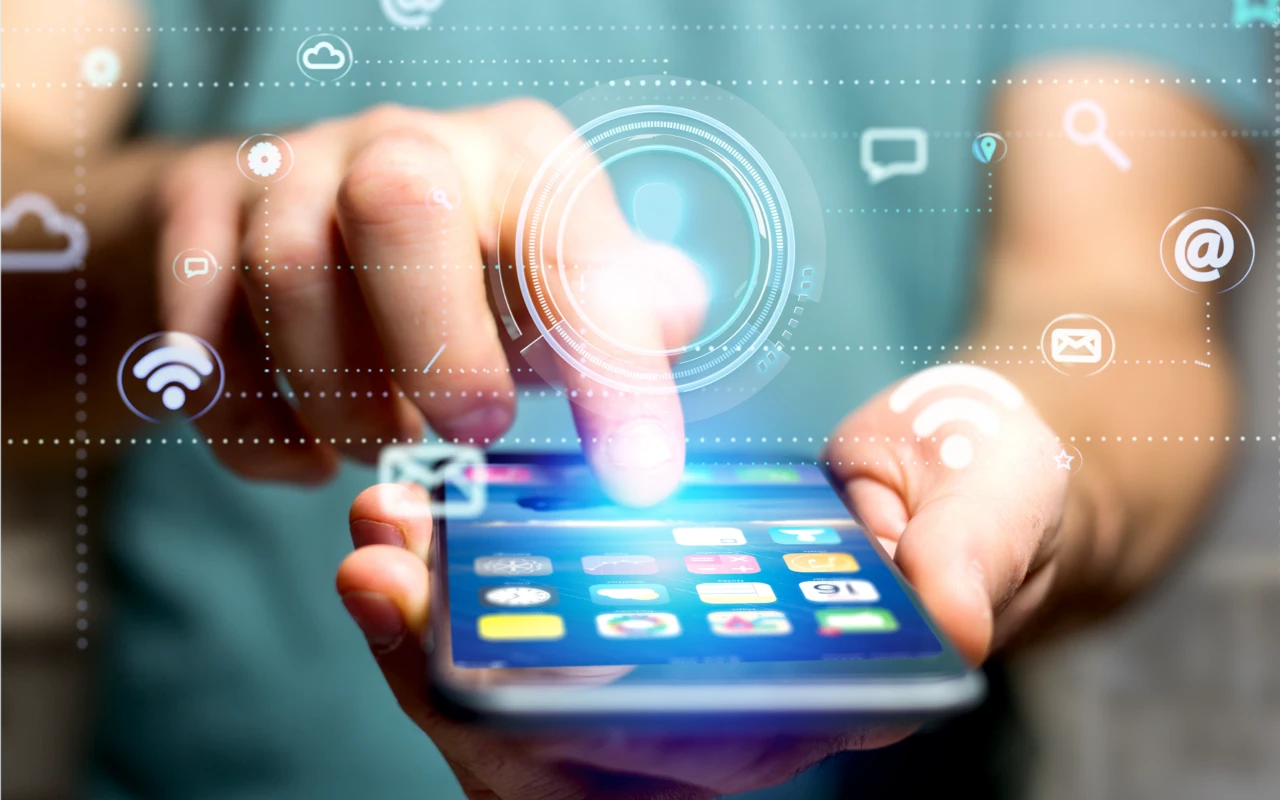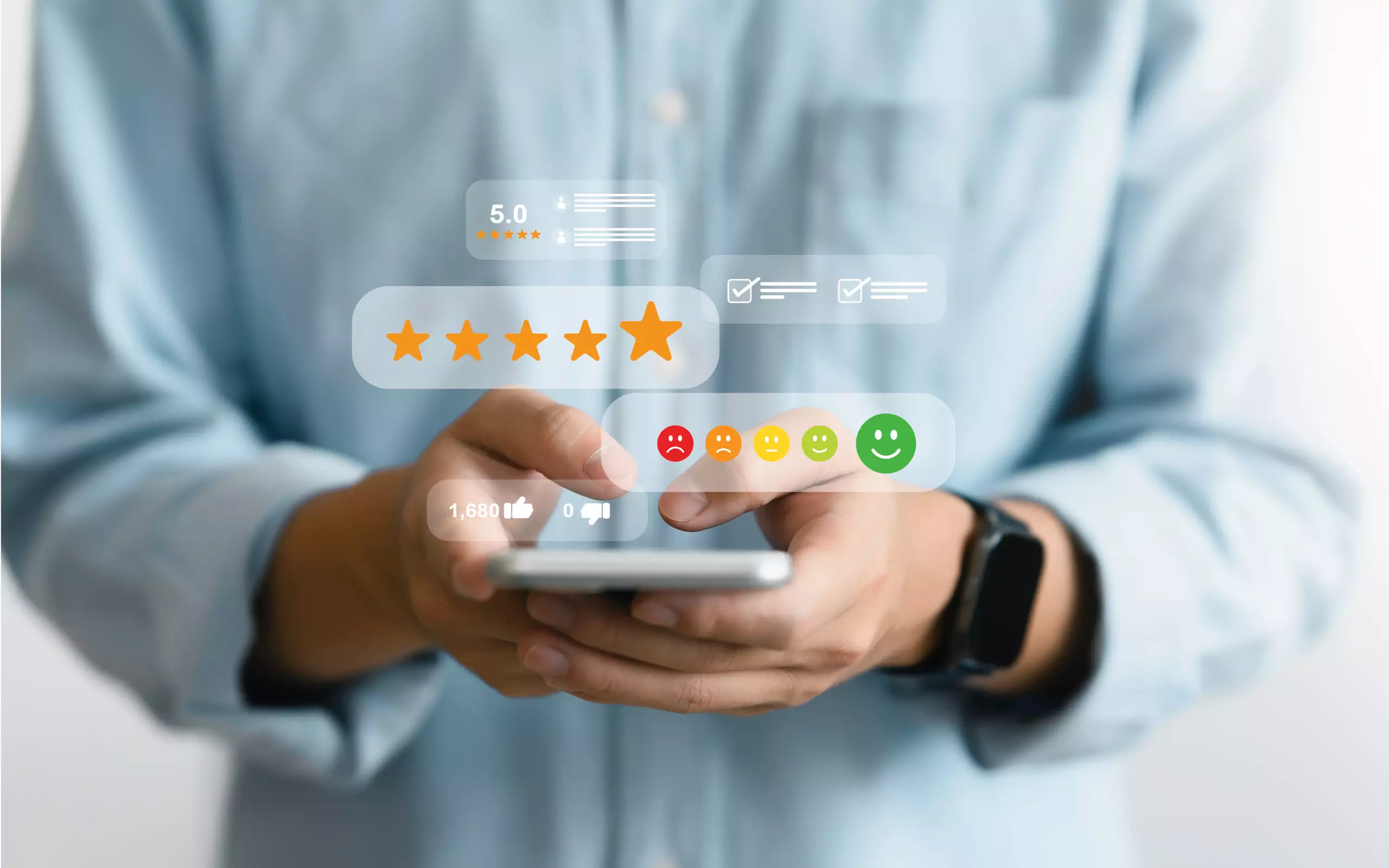Why self-service is no longer a nice-to-have in 2025
While the use of AI and chatbots is considered a solution for almost every customer issue in many industries, the picture in the telecommunications sector is more differentiated. The latest data from VATM market study 2025 makes it clear: Digital customer service is essential — but only effective if it is really geared to the needs of users.
Self-service offerings in particular are gaining in importance because they are available around the clock, offer rapid assistance and measurably relieve service departments, provided they are well thought-out and integrated.
Service behavior 2025: Let's look at the data
Despite growing investments in automation and artificial intelligence, direct contact via service numbers remains relevant:
- Sales from service numbers will be around 230 million euros in 2025 — a sign of the continuing need for personal availability.
- At the same time, AI-based systems and chatbots are gaining in importance — but they cannot cover all technical customer service requirements. (See also ”The limits of chatbots in technical customer support”)
Conclusion: The service channel mix is becoming more complex. Customers do not expect a radical change, but a seamless addition.
What customers really expect
According to market analysis and user feedback, end customers focus on one thing in particular:
- Immediate help with specific problems
- Availability at any time — regardless of hotline opening times
- Simple, understandable language, even for technical topics
These expectations can be met with well-designed self-service offerings — not as a substitute, but as part of a well-thought-out omnichannel strategy.
Self-service as part of digital customer communication
Self-service is much more than a single function — when properly integrated, it becomes a central point of contact in digital customer service. It complements existing channels such as hotlines, e-mail and on-site appointments and helps to process inquiries more efficiently. This is particularly relevant in the context of fiber expansion: FTTH penetration in Germany is currently only around 16%. This means that 84% of all households are still facing an initial installation. Anyone who supports this process digitally — for example with a user-friendly app — not only creates practical help for customers, but also a real competitive advantage.
The MyProvider solution offers a tried and tested concept for this:
- Step-by-step assistants for router setup
- WiFi optimization with instructions
- Bandwidth measurement (speed test) with recommendations for action
- Seamless redirection to customer service when digital help is not enough
This creates trust — and at the same time reduces the number of incoming calls.
You can also find out more about the holistic strategy in these articles:
- Digital customer communication for Internet providers
- Customer Service 4.0
- Customer touchpoints in digital customer support — modern customer communication
Practical results: Relief and better evaluations
Providers that rely on MyProvider report:
- Significantly reduced hotline inquiries
- Reduced processing times in the first line
- Positive user feedback — especially when using mobile apps
Integrating self-service into everyday customer life creates a real increase in service quality — without additional effort for your teams.
Conclusion: 2025 is digital — but customer-friendly please
The VATM figures and daily practice make it clear that customer service requirements are growing — self-service is becoming standard equipment. This is not about as many bots or new tools as possible, but about solution-oriented, easily accessible customer service. Personal, automated, digital — depending on the situation.
With solutions such as MyProvider, the service experience is not only based on current technologies — but is one thing above all: customer-oriented.





.webp)





